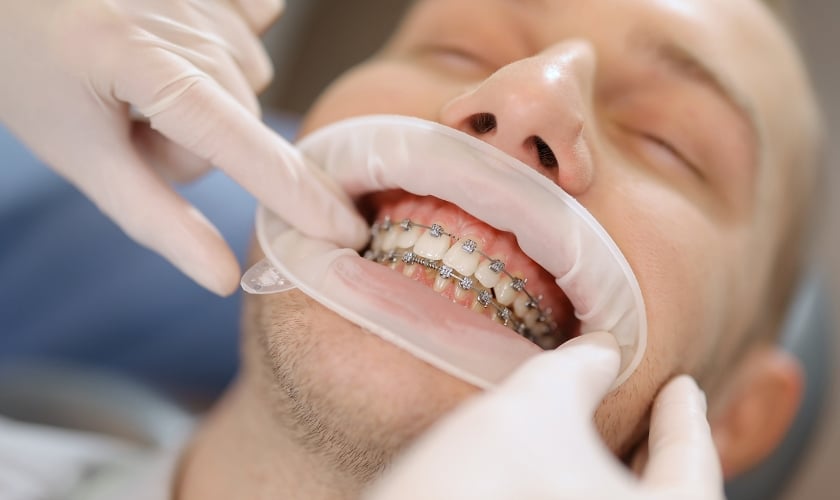Orthodontics often brings straight teeth to mind. But there’s more to it than meets the eye. Visiting an orthodontist offers a range of benefits beyond a beautiful smile. An Upland orthodontic practice, for instance, focuses on improving overall oral health. A properly aligned bite can enhance speech. It can make chewing more efficient too. This is crucial for digestion. A straighter smile also boosts self-esteem. It can have a positive effect on social interactions and confidence. Furthermore, orthodontic care can help prevent future dental issues. It reduces the risk of tooth decay and gum disease by making teeth easier to clean. By taking a proactive approach, one can save time and money in the long run. Orthodontics is not just about aesthetics. It’s about embracing better health and well-being. Rediscover the potential of your smile by considering these hidden benefits. Schedule a visit today to explore these opportunities.
Improved Oral Health
Orthodontic treatment contributes significantly to oral health. Misaligned teeth can lead to various dental problems. Crowded teeth are harder to clean. Gaps between them can trap food particles, increasing the risk of cavities. A well-aligned set of teeth simplifies brushing and flossing. It ensures that each tooth is thoroughly cleaned. This helps prevent plaque buildup and gum disease. According to the Centers for Disease Control and Prevention, nearly half of the adults aged 30 or older show signs of gum disease. Orthodontics plays a vital role in mitigating this risk.
Enhanced Digestion and Nutrition
Properly aligned teeth can improve how one chews food. Chewing is the first step in digestion. It breaks food into smaller pieces, making it easier for the stomach to process. When teeth are misaligned, chewing becomes inefficient. This can lead to larger food particles entering the digestive tract, causing potential discomfort and issues with nutrient absorption. Correcting the alignment promotes better chewing and digestion.

Boosted Self-Confidence
Appearance matters in social and professional interactions. A straight, confident smile can enhance one’s self-esteem. It can lead to positive first impressions. People with aligned teeth often feel more comfortable in social settings. They tend to smile more, which can improve mood and reduce stress. The psychological benefits of orthodontic treatment cannot be overstated.
Prevention of Dental Issues
Orthodontics can prevent future dental concerns. Misaligned teeth can wear unevenly. This can cause stress on the jaw muscles and lead to conditions like temporomandibular joint disorder (TMJ). A properly aligned bite distributes chewing forces evenly. It reduces wear and tear on teeth. This can result in fewer dental interventions over time.
Cost Savings and Long-Term Health
While orthodontic treatment requires an upfront investment, it can save money in the long run. Preventing complex dental problems means fewer visits and procedures. Investing in orthodontics now can lead to reduced costs associated with dental repair and maintenance in the future. It can also contribute to overall health, reducing the risk of systemic issues linked to poor oral health.
Comparison of Benefits
| Benefit | Details |
|---|---|
| Oral Health | Reduces cavities and gum disease risk |
| Digestion | Enhances chewing efficiency |
| Self-Confidence | Boosts self-esteem and social interaction |
| Dental Issues Prevention | Minimizes wear and TMJ risk |
| Cost Savings | Lower future dental expenses |
Conclusion
Orthodontic care is about more than achieving an attractive smile. It’s a step towards improving oral health and overall well-being. From enhancing digestion to boosting confidence, the benefits are numerous. By addressing alignment issues early, one can prevent long-term dental and health challenges. An orthodontist can guide patients through this transformative process. Consider the hidden advantages and take the first step towards a healthier smile today. Learn more about the broader impacts of oral health by visiting the National Institute of Dental and Craniofacial Research.

